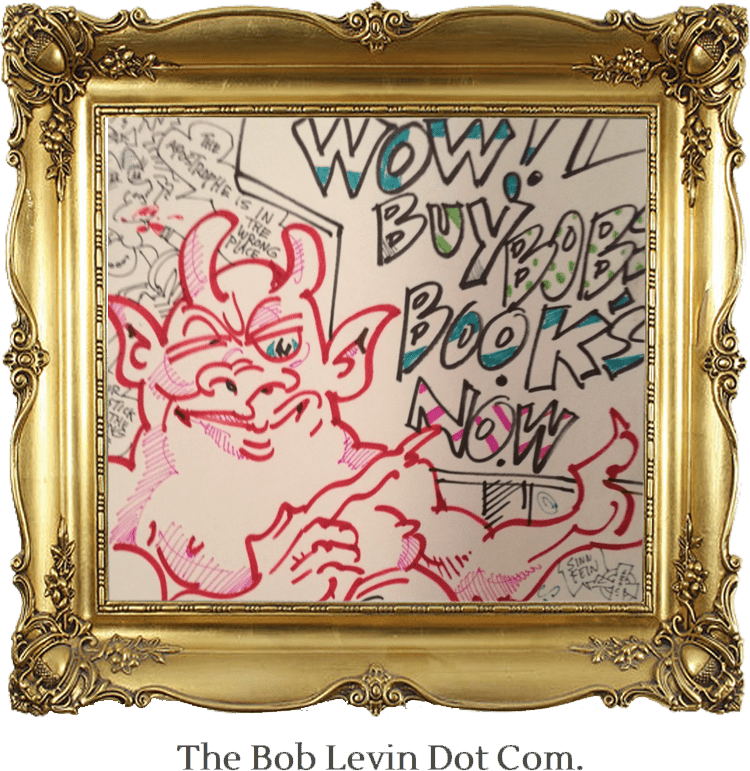No sales.
Gave away two “Best Rides” and a “Fully Armed” though. The BRs went to the cartoonist and writer whose collaboration I’ve been asked to introduce. (See previous “Adventure.”) The writer had generously sent me his book from which the story to be adapted had been taken, and the cartoonist had been the one to suggest me for the gig. (He got the FA because we’d long admired each others’ work, and he needed it to complete his “Levin” shelf.)
My “business” did bring one surprising visitor to my table. youang woman looking over “The Schiz,” which was not that surprising, but when I asked “Wanna buy a book?” she said she already had it. It turned “had” did not mean “own” but that she’d obtained it from the man from whom she is renting. (Who he is or how he got his copy remains a mystery.) She has been here seven from months from Turkey, studying at Berkeley City College, sharpening her English. She says once she finishes the book she is reading, she will read mine. That will be a response to which I look forward.
Also a friend just back from Ashland, reports that, on his and his wife’s recommendation, Bloomsbury Books has ordered THREE copies of “I Will Keep You Alive.” My gratitude to it and them.
Finally, a previous customer (“Cheesesteak) stopped by to say his 16-year-old son, an aspiring screenwriter, loved it too. I invited them both to IWKYA’s launch party, at which the boy may be the only guest under 50.
In other news…
Well maybe this is marketing too, but…
At the suggestion of another friend, I stopped by the cardio-rehab facility I had passed through in 2011 to leave announcements of the launch, figuring current enrollees would find the book of interest. While there, I ran into a nurse from my time. (Only one other I knew remained, the others, she said, having “got old.”) She and I had “met” when I was in a coma in the ICU, just before she transferred after 20 years there to rehab. We had a lovely chat about health and life and things. She doubted she could make the party but the other nurse I knew might. I promised to give each a copy of the book, in which she appears. on p. 111, under another name.
As for the launch (FINAL NOTICE: March 20, 7:30 p.m., Berkeley Espresso, SW cor. Shattuck & Hearst), attendance continues to grow, despite a couple cancellations. One fellow will be out-of-town. The other, expressing his regrets at missing the affair in a sort-of “On the whole, I’d rather be in Philadelphia” vein, will be having a camera stuck inside him to take pictures of his penis. “Sounds like an invasion of privacy,” I said. “And I really don’t want to see those films on Facebook.”
